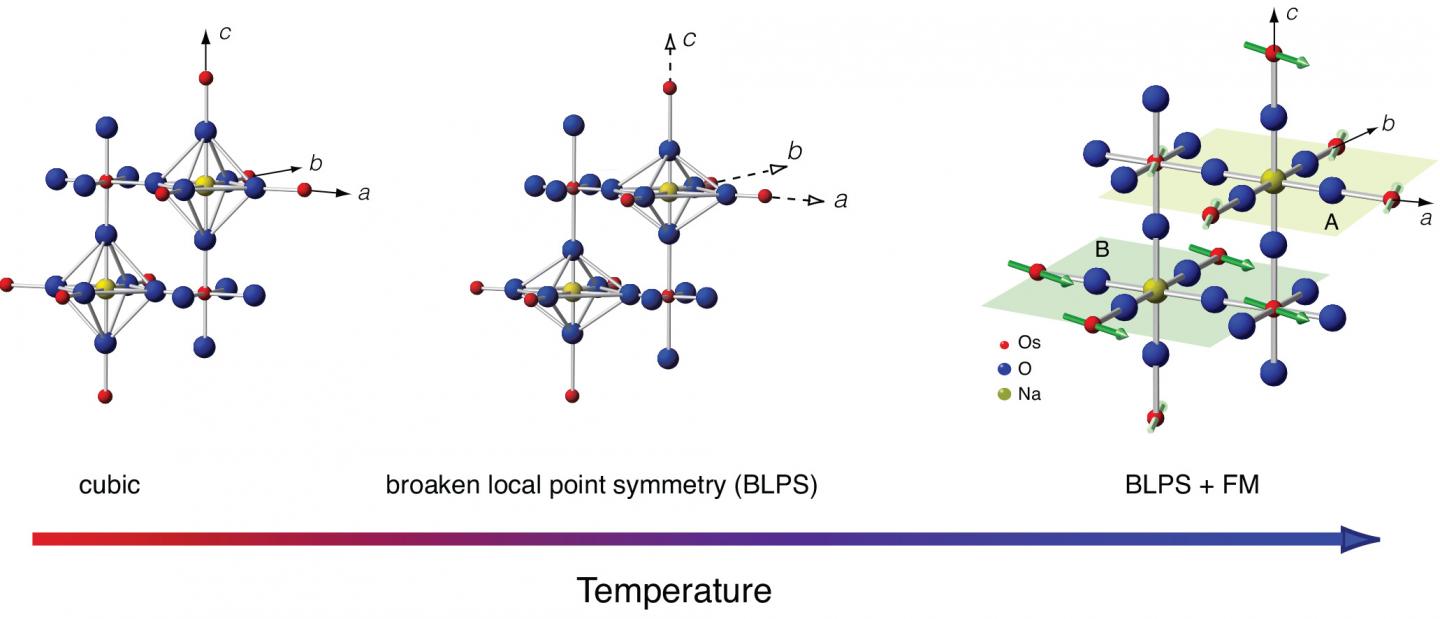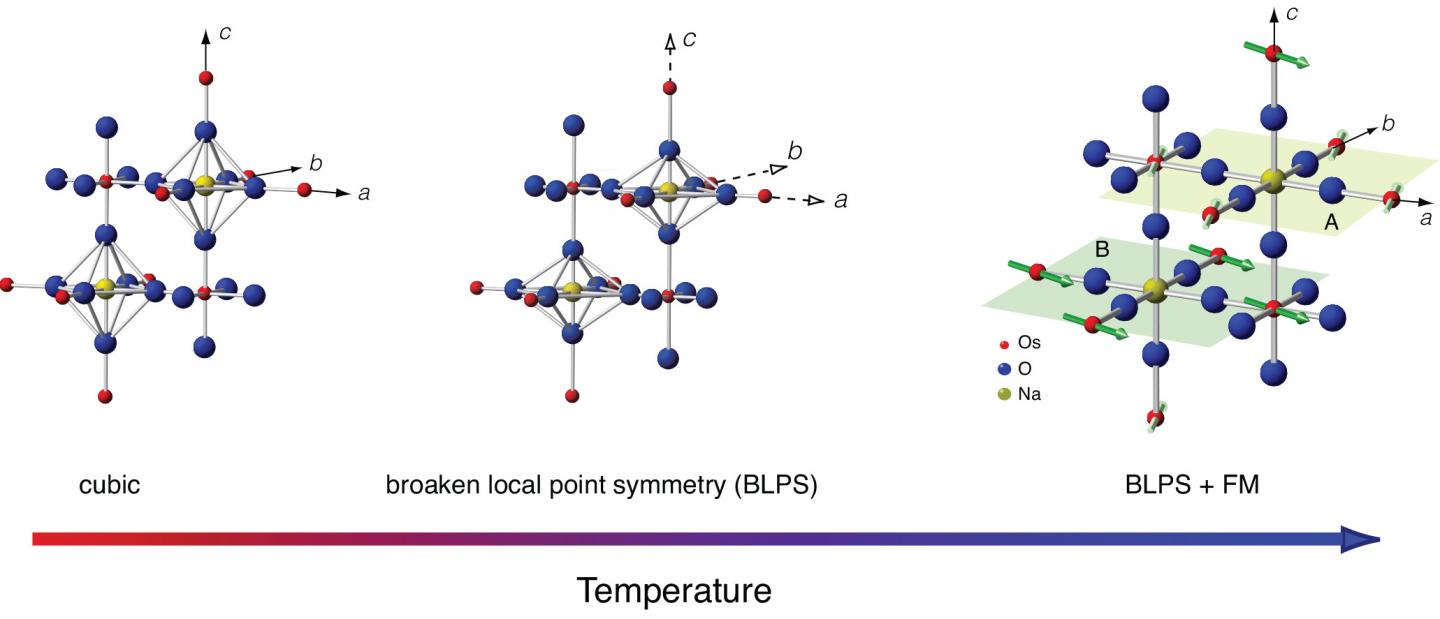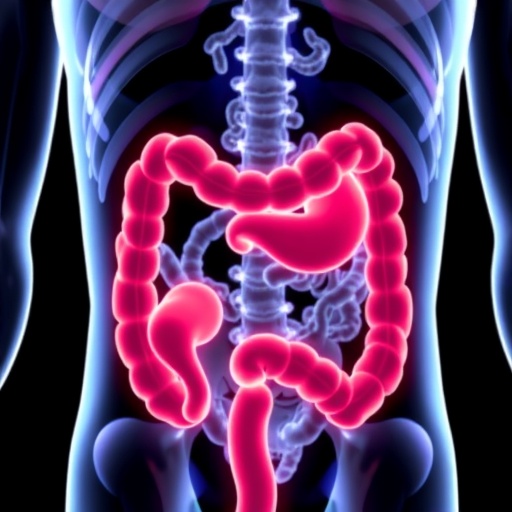
Credit: Mitrovi? lab / Brown University
PROVIDENCE, RI (Brown University) — Researchers from Brown University have shown experimentally how a unique form of magnetism arises in an odd class of materials called Mott insulators. The findings are a step toward a better understanding the quantum states of these materials, which have generated much interest among scientists in recent years.
The study, published in Nature Communications, helps to confirm novel theoretical work that attempts to explain how electrons behave in these strange materials. The work was done in collaboration with scientists at Stanford University and the National High Magnetic Field Laboratory.
"We found that the theory holds up well," said Vesna Mitrović, an associate professor of physics at Brown who led the work. "It shows that this new theory, based on quantum models involving complicated electron spin interactions, is a good start to understanding magnetism in strongly interacting materials."
Mott insulators are materials that should be conductors according to traditional theories of electrical conductivity, but act as insulators nonetheless. The insulating state arises because electrons in these materials are strongly correlated and repel each other. That dynamic creates a kind of electron traffic jam, preventing the particles from flowing to form a current.
Scientists are hopeful that they can find ways of moving these materials in and out of the Mott insulating state, which would be useful in developing new kinds of functional devices. It's also been shown that by introducing impurities into their structure, some Mott insulators become high-temperature superconductors–materials that can conduct electricity without resistance at temperatures well above those normally required for superconductivity.
Despite the promise of these materials, scientists still don't fully understand how they work. A full description of electron states in these materials has been elusive. On the most fundamental level, each individual electron is characterized by its charge and spin, its tiny magnetic moment that points either up or down. It's difficult to predict electron properties in Mott insulators because the states of electrons are so closely correlated with each other–the state of one electron influences the states of its neighbors.
To further complicate matters, many Mott insulators exhibit what is known as spin-orbit coupling, meaning that each electron's spin changes as it orbits an atomic nucleus. Spin-orbit coupling implies that the magnetic moment of electron is affected by its orbiting an atomic nucleus, and therefore the spin of an electron is not well defined. Thus, predicting properties of these materials requires knowledge of interactions between the electrons while the fundamental properties of individual electron depend on their orbital motion.
"When you have these complex interactions plus spin-order coupling, it becomes an incredibly complicated situation to describe theoretically," Mitrović said. "Yet we need such fundamental quantum theory to be able to predict novel quantum properties of complex materials and harness them."
Mitrović's study focused on a strange type of magnetism that arises when Mott insulators with strong spin-orbit coupling are cooled below a critical temperature. Magnetism arises as a result of alignments between electrons spins. But in this case, because the spins are strongly interacting and their values depend on orbital motion, it's not understood how this magnetism arises in these materials.
There was one important theoretical attempt to show what might be happening in these materials on the most fundamental level to bring on this magnetic state. And that's what Mitrović and her colleagues wanted to test.
Mitrović's colleagues at Stanford started by synthesizing and characterizing thermodynamically a Mott insulating material made of barium, sodium, osmium and oxygen, which Mitrović probed using nuclear magnetic resonance. The particular technique the team used enabled them to gather information about the distribution of electron charges in the material and information about electron spin at the same time.
The work showed that as the material is cooled, changes in the distribution of electron charges cause distortion in the material's atomic orbitals and lattice. As the temperature cools further, that distortion drives the magnetism by causing an alignment of electron spins within individual layers of the atomic lattice.
"We were able to determine the exact nature of the orbital charge distortions that precedes the magnetism, as well as the exact spin alignment in this exotic magnetic state." Mitrović said. "In one layer you have spins aligned in one direction, and then in the layers above and below it the spins are aligned in the different direction. That results in weak magnetism over all, despite the strong magnetism within each layer."
The theory Mitrović was investigating predicted exactly this layered magnetism preceded by distortions of charge. As such, the findings help to confirm that the theory is on the right track.
The work is an important step toward understanding and manipulating the properties of this interesting class of materials for real-world applications, Mitrović says. In particular, materials with spin-order coupling are promising for the development of electronic devices that consume less power than ordinary devices.
"If we want to start using these materials in devices, we need to understand how they work fundamentally," Mitrović said. "That way we can tune their properties for what we want them to do. By validating some of the theoretical work on Mott insulators with strong spin-orbit coupling, this work is an important step toward a better understanding."
In a larger sense, the work is a step toward a more comprehensive quantum theory of magnetism.
"Even though magnetism is the longest known quantum phenomena, discovered by the ancient Greeks, a fundamental quantum theory of magnetism remains elusive," Mitrović said. "We designed our work to test a novel theory that attempts to explain how magnetism arises in exotic materials."
###
The work was supported by the National Science Foundation (DMR-0547938 and DMR-1608760) and the Department of Energy. Mitrović's co-authors were Lu Lu, Myeongun Song, Wencong Liu, Arneil Reyes, Phil Kuhns, H. O. Lee and Ian Fisher.
Media Contact
Kevin Stacey
[email protected]
401-863-3766
@brownuniversity
http://www.brown.edu/Administration/News_Bureau
############
Story Source: Materials provided by Scienmag





